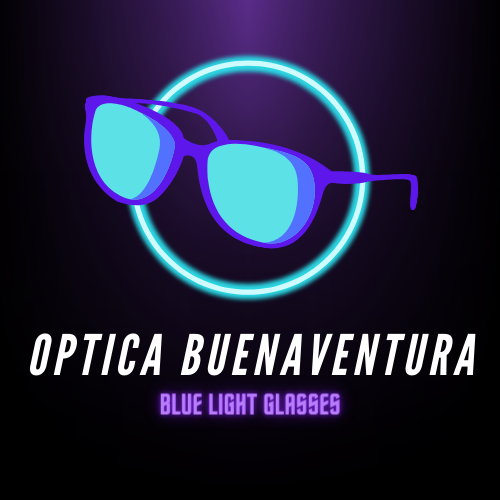Understanding refractive errors and their corrections
Our vision plays a crucial role in our daily lives, allowing us to navigate the world and experience its beauty. However, many individuals experience vision problems, known as refractive errors, which can affect their ability to see clearly. Fortunately, with the advancements in optometry and eyewear technology, these conditions can be corrected, providing individuals with improved vision and a better quality of life.
Refractive errors occur when the shape of the eye prevents light from focusing directly on the retina. The cornea and the lens are responsible for bending and focusing incoming light onto the retina, where it is then converted into visual signals and sent to the brain. However, if the cornea is curved too steeply or too flat, or if the length of the eyeball is too long or too short, the light is not properly focused, resulting in blurred vision.
The most common types of refractive errors are nearsightedness (myopia), farsightedness (hyperopia), astigmatism, and presbyopia. Nearsighted individuals have difficulty seeing objects at a distance clearly, while farsighted individuals have trouble focusing on objects up close. Astigmatism occurs when the cornea is irregularly shaped, causing distorted, blurry vision at all distances. Presbyopia is an age-related condition that causes difficulty in focusing on close objects due to the loss of flexibility in the lens of the eye.
The good news is that refractive errors can be corrected through various methods, depending on the specific condition and its severity. The most common treatment options include corrective eyewear such as glasses or contact lenses, refractive surgeries like LASIK or PRK, and implantable lenses.
Corrective eyewear is often the first line of defense in addressing refractive errors. Glasses and contact lenses work by altering the way light enters the eye, compensating for the irregular shape of the cornea or lens. Glasses consist of lenses that bend light in a way that counters the eye’s refractive error, allowing the light to focus correctly on the retina. Contact lenses serve the same purpose but are placed directly on the cornea. Both options provide immediate vision correction without any invasive procedures.
Refractive surgeries offer a more permanent solution for refractive errors. LASIK (Laser-Assisted In Situ Keratomileusis) and PRK (Photorefractive Keratectomy) are two commonly performed procedures. LASIK involves creating a thin flap on the cornea, reshaping the underlying tissue with a laser, and then repositioning the flap. PRK, on the other hand, removes the outer layer of the cornea before reshaping it with a laser. These surgeries reshape the cornea to correct the refractive error and provide clear vision without the need for glasses or contact lenses.
Another surgical option is implantable lenses, also known as phakic intraocular lenses (IOLs). This procedure involves placing an artificial lens in front of the natural lens inside the eye, providing additional focusing power to correct refractive errors. Implantable lenses are primarily used for individuals with severe nearsightedness or farsightedness who are not suitable candidates for LASIK or PRK.
In conclusion, refractive errors are common vision problems that can significantly impact an individual’s daily life. Fortunately, there are multiple treatment options available to correct these errors, ranging from glasses and contact lenses to refractive surgeries and implantable lenses. Consulting an eye care professional is essential to determine the most suitable correction method based on the specific refractive error and individual needs. With the advancements in technology and ongoing research in the field of optometry, individuals can expect improved vision and a better quality of life through the correction of refractive errors.
